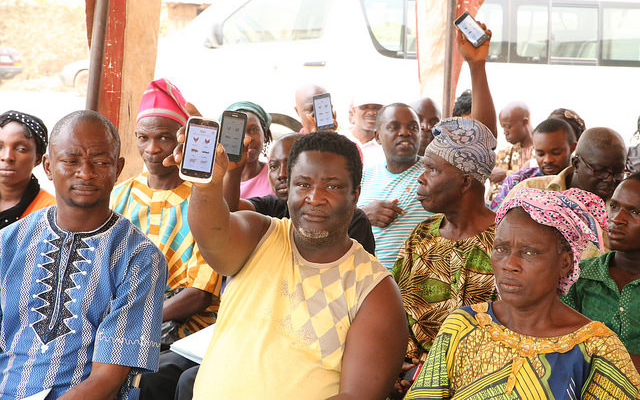
What are Digital Government Services?
Governments of many countries are implementing a diverse range of digital government services aiming to improve service delivery, enhance efficiency, and promote transparency. For example, common digital government services include:
- Online Government Portals: Countries are increasingly offering online services such as e-taxation, e-payment, and e-billing through online government portals, which allow citizens to access public services more efficiently and provide governments with prompt feedback on service quality.
- Digital Identity Initiatives: Many countries are working on digital identity initiatives to improve service delivery, including the introduction of national IDs with biometric data components to generate documents and provide services automatically, reducing paperwork and enhancing efficiency.
- G2G, G2B, and G2C Activities: Digital government services to different groups, like Government-to-Government (G2G), Government-to-Business (G2B), and Government-to-Citizen (G2C) focuses on activities such as electoral processes, staff payroll payments, healthcare management systems, support for small businesses, and transparent procurement procedures.
Digital Government Benefits
Investments in digital government services have the potential to help government become more:
- Coordinated, by providing the systems and tools necessary for government bodies to work together across ministries and levels (e.g., national, provincial, municipal);
- Efficient, by achieving fiscal savings and allowing for innovation by decreasing the time spent on administration;
- Resilient, by supporting response to and recovery from natural disasters or other sudden social and economic changes;
- Responsive, by increasing the ability to anticipate and respond to a range of stakeholder needs, including from individuals, the private sector, and civil society actors;
- Accountable, by reducing opportunities for corruption and providing tools for collaborative, inclusive, accessible, and transparent policy design and service delivery; and
- Participatory, by creating systems and tools that enable citizens and civil society to engage with governments.
The extent to which these outcomes are possible depend largely on the enabling environment, which includes democratic norms and institutional capacity, among other factors. Above all, digital initiatives undertaken by a government are part of the broader political, economic, and social context.
Examples of Digital Government Services
10 Examples of Successful African e-Government Digital Services
What are African e-Government Services?
African countries are implementing a diverse range of e-Government services, aiming to improve service delivery, enhance...
How to Bring Public Financial Management into the Digital Era
In our new paper and recent conference, we are critical of the prevailing paradigm for how we think about digital within public financial management (PFM). In short,...
Governance is Key for Digital Public Infrastructure Success
The digital technologies that serve as the ‘infrastructure’ of widespread digital transformation are increasingly recognised as key drivers of development.
Subscribe...
4 Ways Emerging Technology Is Transforming Government Accountability
In a world where digital tools have come to mediate much of social and political life, navigating technological change will be key to sustaining democracy for the...
Lessons Learned from Driving Digital Transformation in LMICs
Much has—quite rightly—been said and written about governments connecting better with their citizens. During the COVID-19 pandemic, all governments around the...
5 Insights on Using Algorithms in Government Service Delivery
It’s easy to be seduced by the power of algorithms to deliver public services. Do you want to target beneficiaries of government programs and services precisely...
Government Services Digitalisation: A New Digital Divide in Ghana
In Ghana, successive governments across the political divide continue to demonstrate commitment to prioritizing the use of information and communication technology...
We Should Move From Digital Development to Digital Transformation
At the recent event exploring How Mobile Phones are Catalyzing an African Revolution, I was excited to hear Christopher Burns expanding on the idea that we are...
Starting Now on Digital Transformation for Ukraine Reconstruction
When the war in Ukraine comes to an end (hopefully with Ukraine having recovered all of its territory, including Crimea), Western countries are likely to provide...
Introducing the USAID Digital Government Model
The role of digital technology across sectors has become undeniable in recent years and it has transformed most aspects of public and private life, including government....








